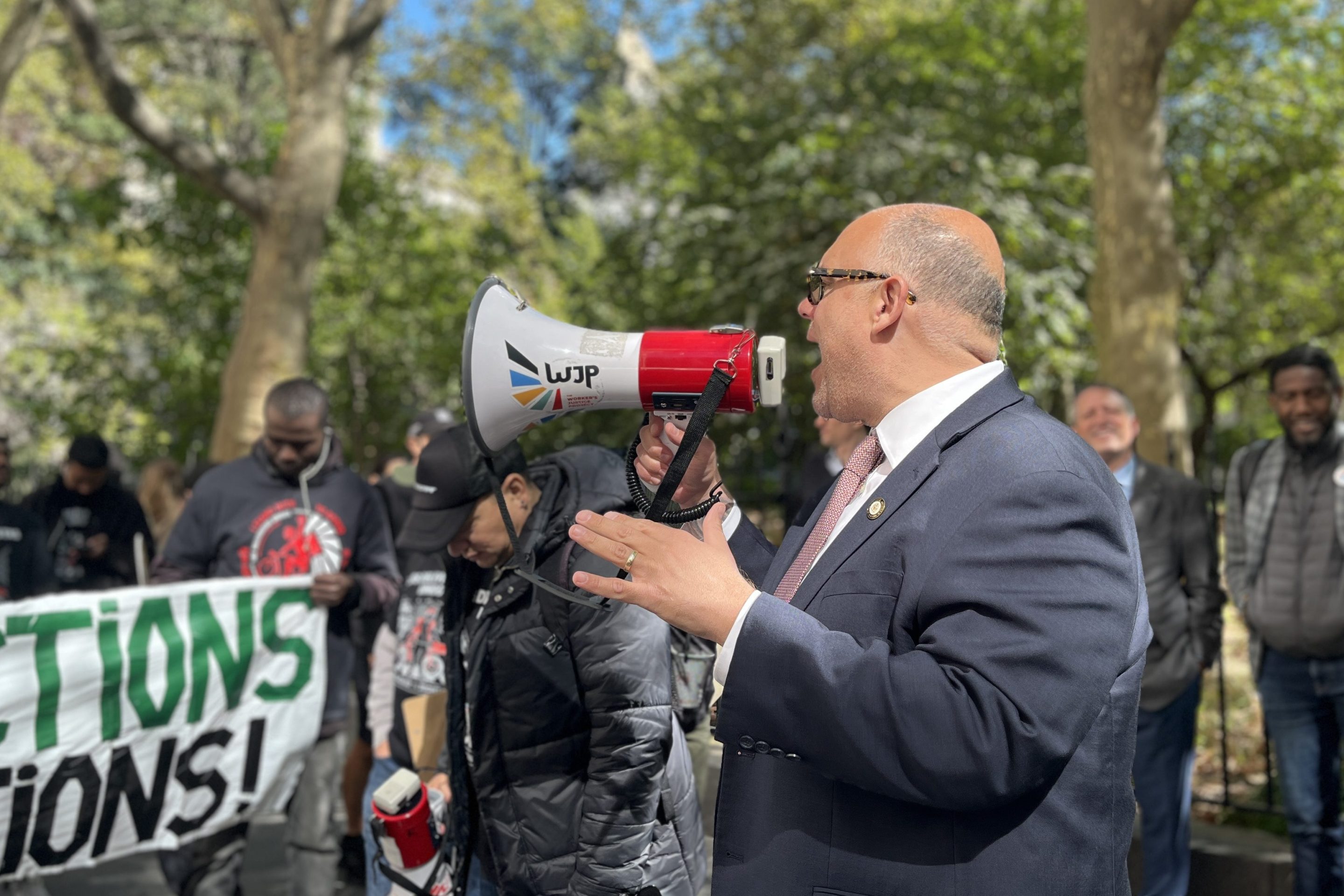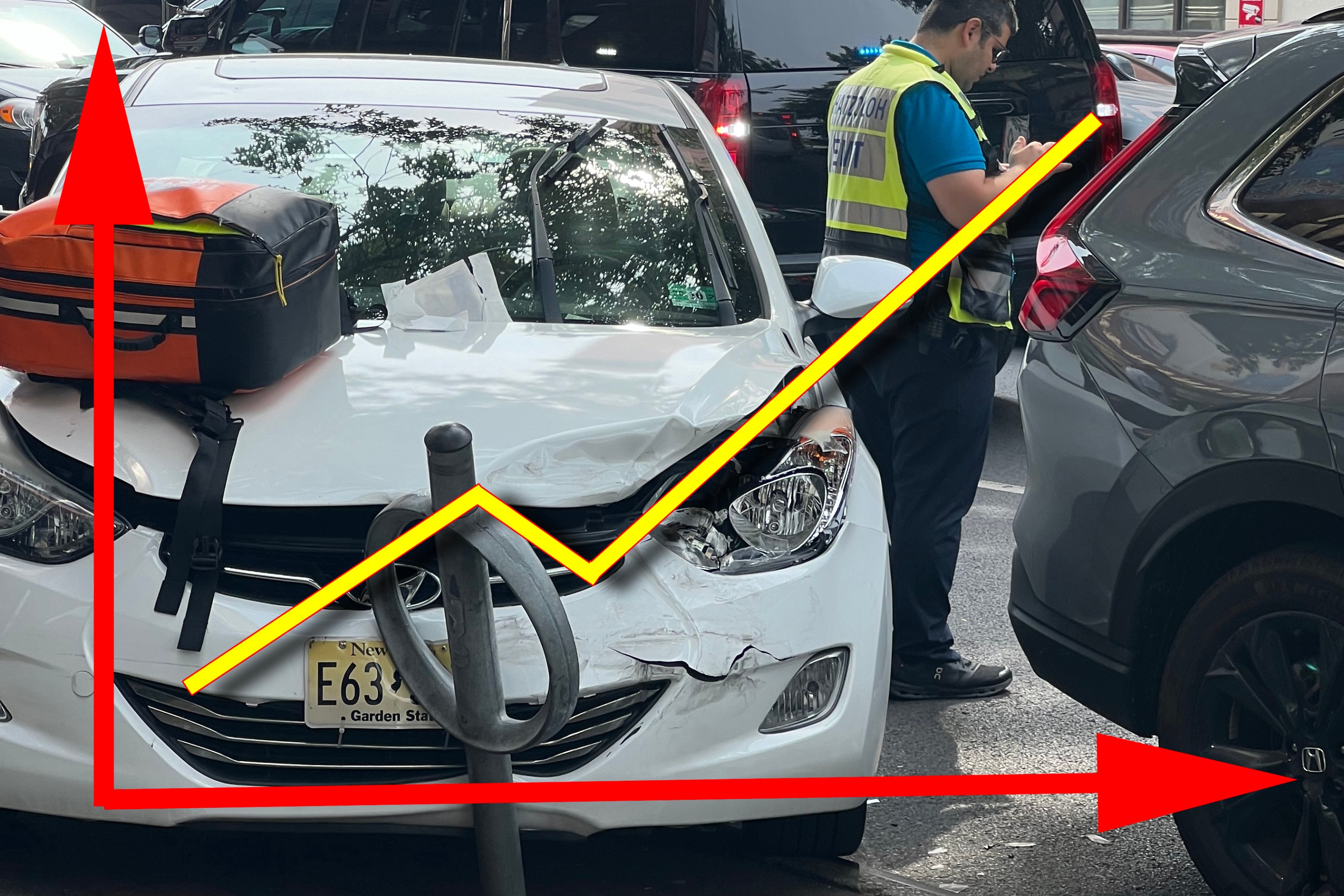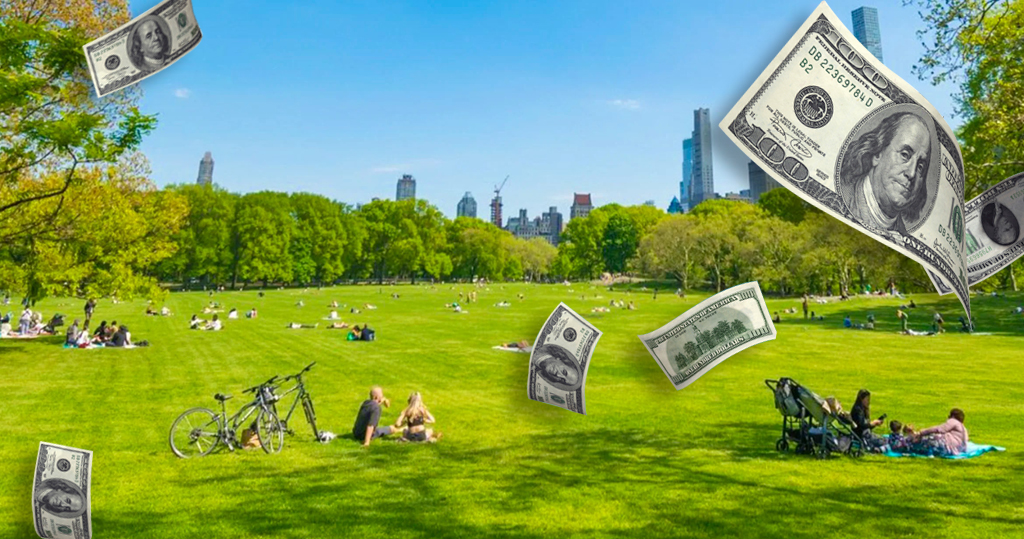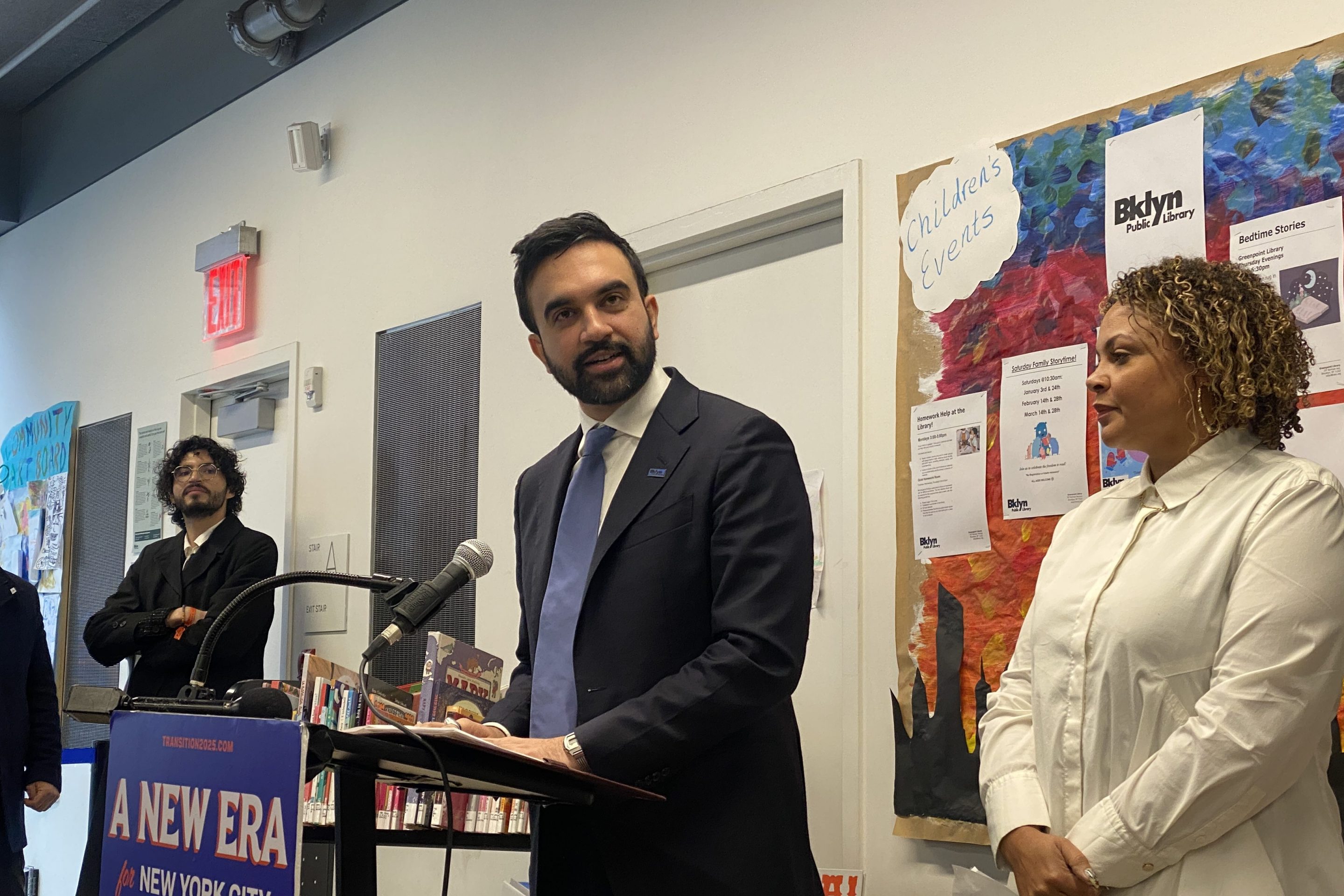All cities have physical barriers that divide neighborhoods and social classes. In Syracuse, one of the biggest is Interstate-81.
On the east side you have the area known as "The Hill." There, Syracuse University and its affiliated hospitals and research centers have fostered growth and prosperity.
On the west side of the highway, things aren't quite as rosy. The west side is where most of the city's 1,600 vacant houses are located. It's also, significantly, where the city's downtown lies.
This highway, like so many of its type, was built as an urban renewal project in the 1950s. And many of the neighborhoods surrounding it have never quite recovered.
Now, Interstate 81 is itself showing signs of age. And many in the community say it's time to remove it.
"To increase accessibility to [The Hill] we need a better transportation solution," said Sandra Barrett of the Onondaga Citizens League, a local nonprofit civic group. "We need to remove the elevated highway that just depresses real estate values in the area."
The Syracuse Metropolitan Planning Council says that the elevated portion of the highway, the part near downtown Syracuse, is the most in need of repair. The viaduct will reach the end of its useful life in 2017. There is already an arrangement in place with local contractors for 24-hour emergency repair.
Syracuse is in the early stages of discussing what should be done with I-81. SMPC and the New York State Department of Transportation have embarked on a public input process they are calling The I-81 Challenge, asking local residents to weigh in on the problem. Thus far, proposals have included a Big-Dig-esque tunnel, relocation, rebuilding, and, finally, teardown and replacement with a street-level boulevard.
Some influential community leaders are coming out early on behalf of the highway-to-boulevard proposal. The most prominent of them is Van Robinson, president of the Syracuse Common Council (the city government's legislative branch). For years, Robinson has been beating the drum for a teardown.
Nearby "Selina Street was the city’s main drag and it’s empty today," Robinson said. "At one time -- and I hear it every single day -- I remember when there were stores. You just went down the list of all these different stores. Now these very same buildings, you couldn’t sell a pair of shoestrings."
Mario Colone, a project planner with SMPC, said public input thus far spans a wide range of ideas. The agency is remaining entirely neutral on the project proposals until the first phase of public input comes to a close.
Meanwhile, Robinson and the Onondaga Citizen's League are trying to build support for the teardown option. In a report released last year, the Citizen's League said converting the viaduct to a boulevard would help retain the region's young professionals and boost the local economy without increasing traffic or impairing emergency personnel.
The group has been doing public presentations to explain to the community why a teardown could be the best option.
"People think that you take away a highway and you’re going to have more congestion; you’re going to have a harder time getting ambulances to the hospital," said Barrett. "Actually the opposite is true in a lot of cases. You’re going to have improvements."
Perhaps most importantly, the study showed removal would open up vast new areas of the central city to development, the type of development that might otherwise spill over from The Hill into the suburbs. More than 4 million square feet of development space is planned by Hill area institutions over the next two decades.
SMPC is hoping to wrap up the I-81 Challenge by the end of 2012. They hope to have the chosen proposal designed and under construction by 2017.
Meanwhile, public input from this period will be critical in determining what will replace the viaduct, and, in turn, how the city will evolve.
If the city is going to realize its potential, Robinson says, the answer is clear.
"Making it a boulevard, bringing in some economic development such as stores and retail, putting those back on the tax rolls... the city would benefit from it"







